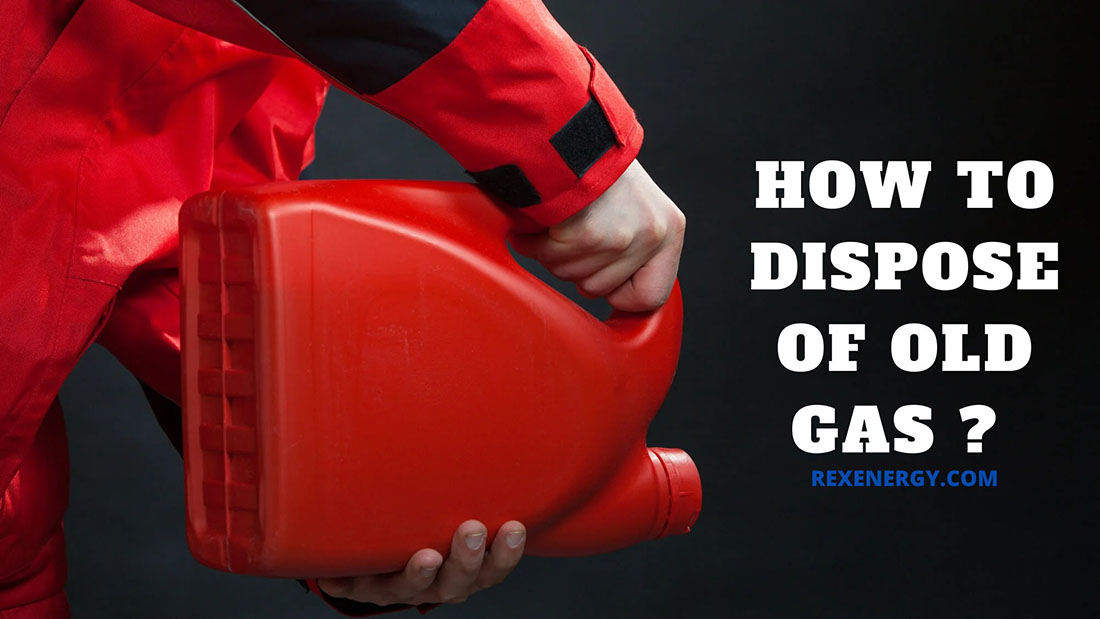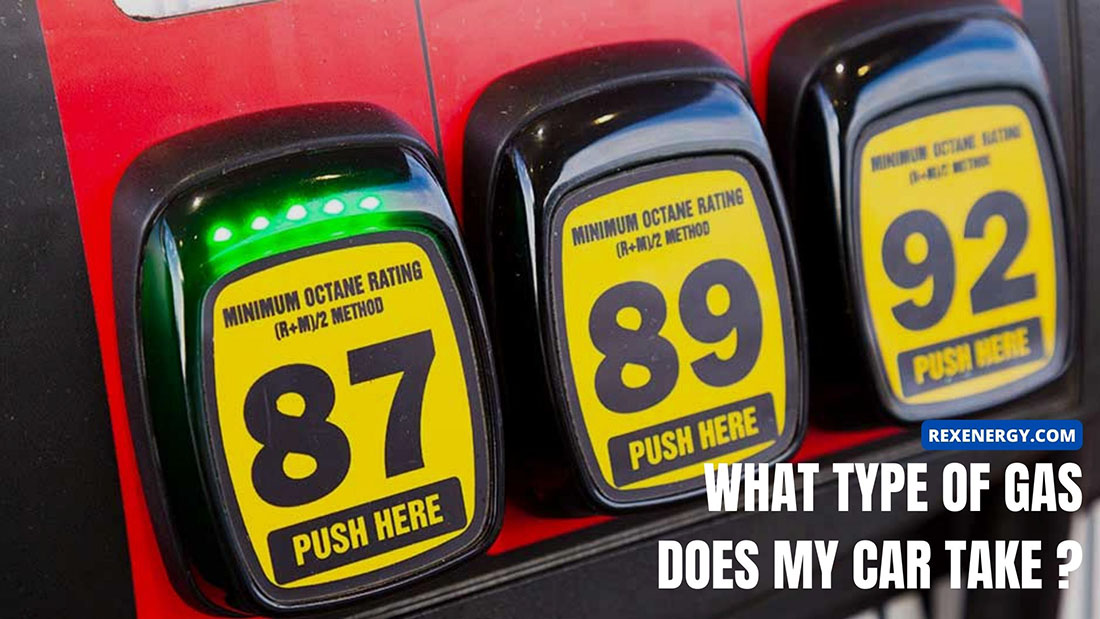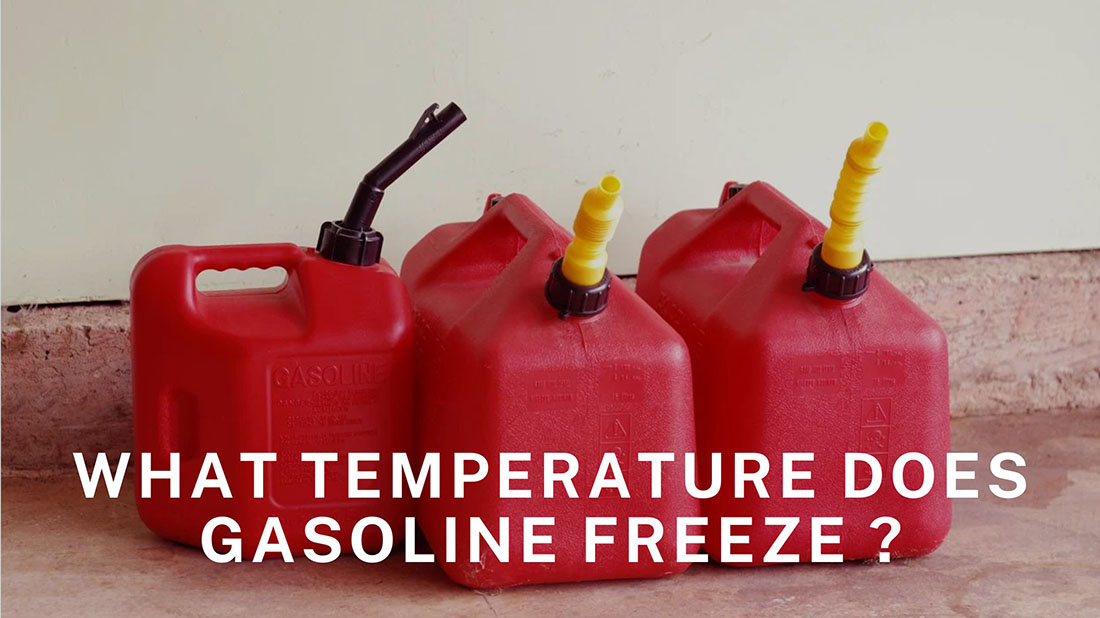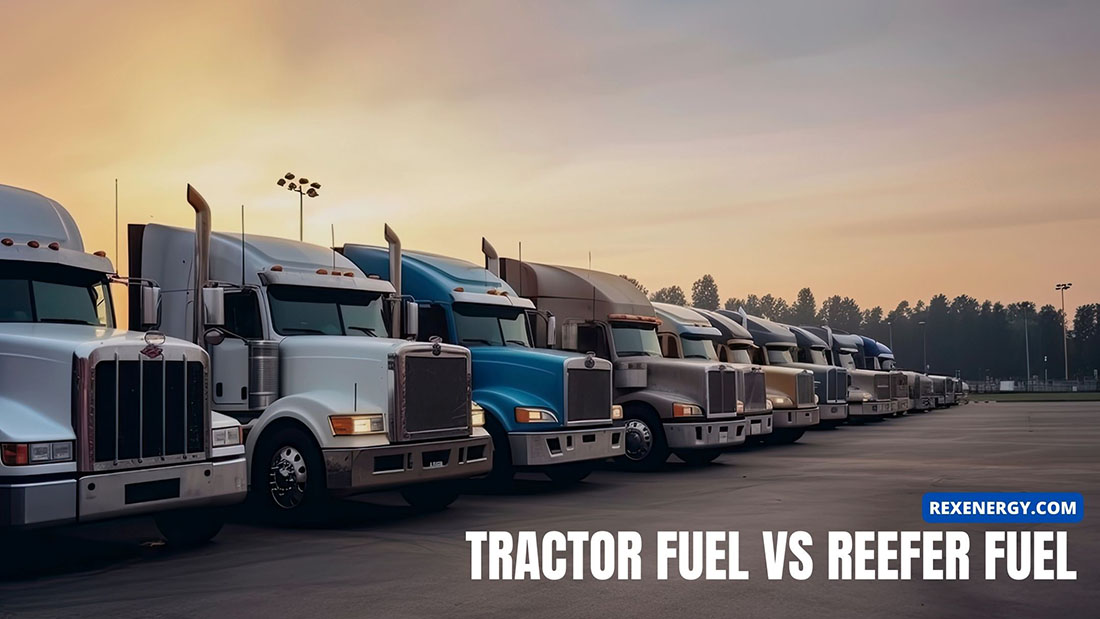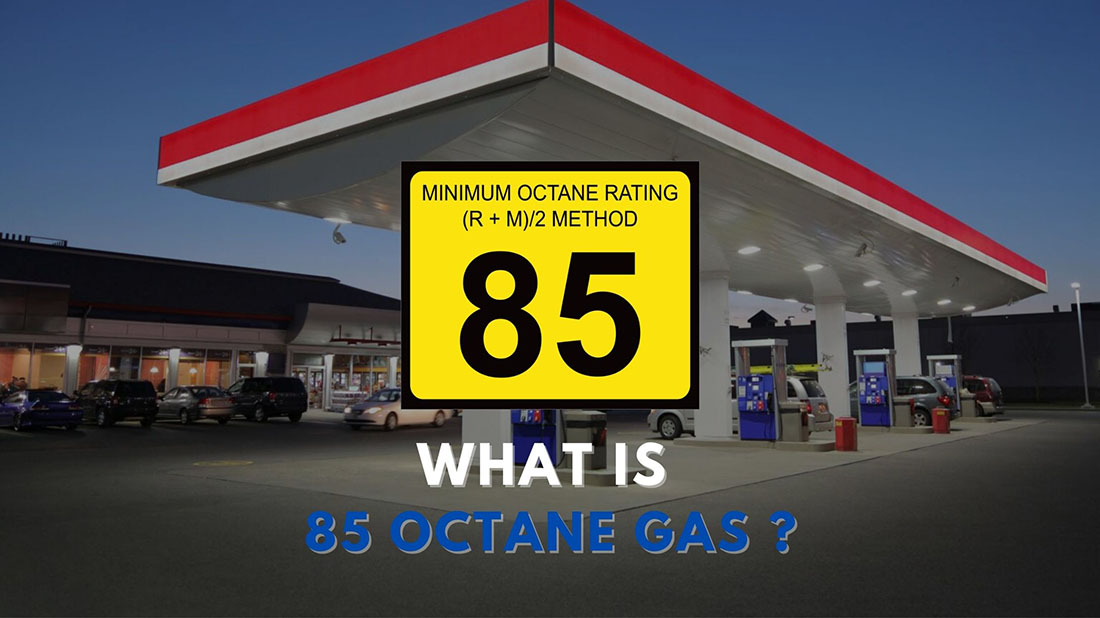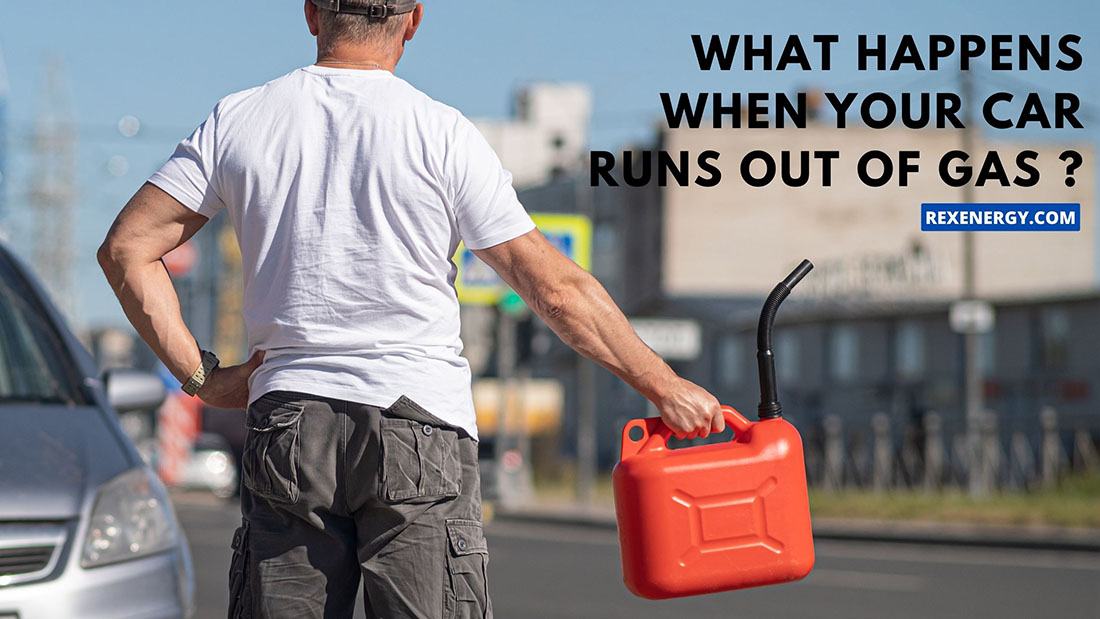Using and discarding gas properly is our responsibility to lead a safer and cleaner life, yet many don’t take this seriously. Getting rid of old gasoline in the wrong ways might compromise both your health conditions and the environment – not to mention the numerous follow-up consequences like fire, explosion risks, and legal issues.
We will instruct you on how to dispose of gasoline properly to help you sidestep these problems. Scroll to learn more
What Is Considered Old and Bad Gas?
Old gasoline changes the chemical properties, resulting in engine failure. Some obvious indicators you can easily observe are:
- Check engine light. Does the light illuminate even though your car still runs well with sufficient gas in the tank? Chances are the gasoline has been contaminated or burned improperly; take it to a dealership and mechanic for further investigation.
- Operational problems. Hesitant ignition, rough idling, power loss (especially during acceleration), and starting failures all point to bad gas.
- Strange smell and look. Bad gas looks muddier and much darker than fresh fuel; sometimes, it comes with an unpleasant smell reminiscent of odors from spoiled food.
- Pinging sounds. Premature combustion due to bad gas causes the expanding flame front to collide with the piston, which still moves upwards in the stroke. As a result, you will hear a distinct noise most drivers describe as a “knock” or a “ping.”
- Bad fuel economy. Running on bad gas means your car needs more fuel than usual to generate power, dramatically decreasing its fuel efficiency. In short, you will have to drop by the gas station more frequently despite traveling the same distance.
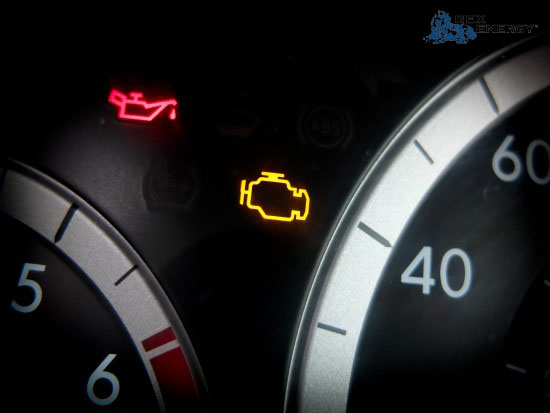
How to Dispose of Old Gasoline?
Assess whether the gas really needs to be disposed of, then put it in a safe container; remember to pour slowly and protect your skin and clothes during the process. Finally, contact a trustworthy, nearby hazardous waste facility and transport the gasoline there.
Here are the simple steps to do it:
Step 1. Confirm whether your gas has truly been contaminated or just ages naturally.
Pour your old gasoline in one container and new gas in another for easier comparison.
- If your gas smells sour or looks slightly darker than new gas, it just simply loses its potency over long storage. Aged gasoline like this will not run as efficiently as fresh gasoline, but it will not hurt your engine, either; consider rejuvenating some of it instead of discarding the gas completely.
- Dirt, rust particles, cloudiness, and discoloration hint at severely contaminated gas. In this case, continue to follow the remaining steps in our guidelines.
Step 2. Search for the nearest disposal site for gasoline and hazardous materials.
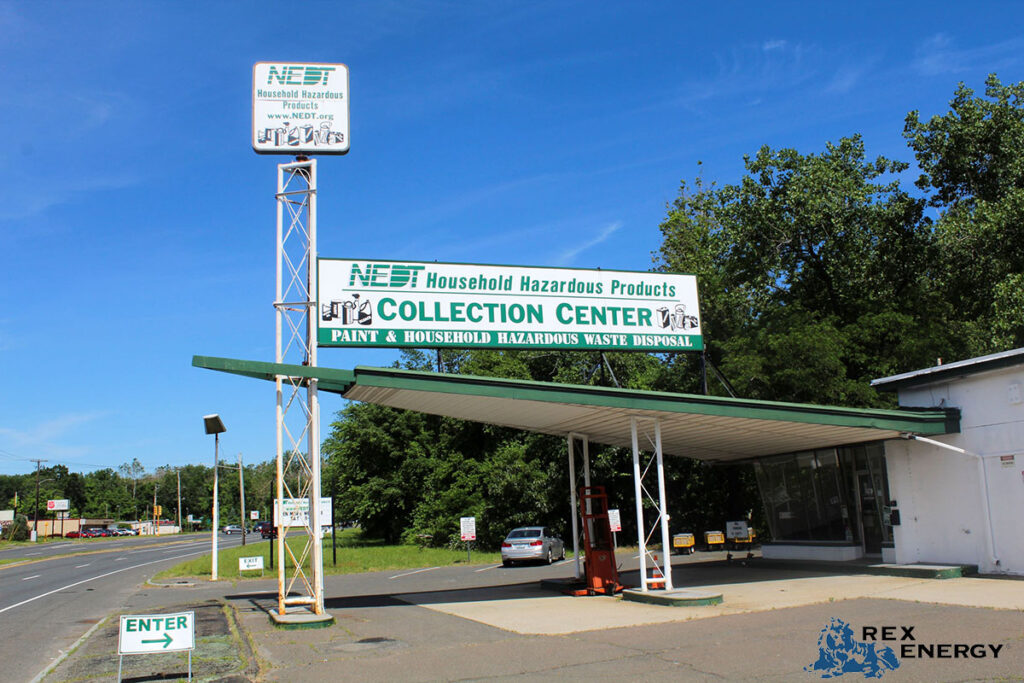
Where to dispose of old gas? Choose one of the following methods to find a good gasoline disposal site in your neighborhood. They are not always open, so remember to drop by during working hours.
- Google “gas disposal center” + your state, city, and country.
- Call the local waste management department for advice on where to discard the gas safely.
- Consult with the fire department in your neighborhood. Since gasoline is highly flammable, these experts will help you handle it properly (or suggest good places to dump it).
- Ask auto parts stores to get rid of it for you. While some auto repair shops might ask for extra fees, some will do it for free.
- Attend community collection events; many cities organize regular disposal and recycling events to encourage people to discard waste safely. They usually have very clear instructions, so contact them as soon as possible.
- If you find driving to and from the disposal facility exhausting, consider booking a private disposal service to dispose of gasoline at home. The staff will arrive at your door, take the gas from you, and handle the rest.
Once you have decided on the right place to dispose of the gas, contact them beforehand to confirm whether there is any particular instruction you must follow.
Note:
- Some disposal centers are only available to the citizens living in that area. If you are an outsider, expect some extra fees.
- Other centers might have maximum limits for the gas amount they can accept from each person/visit over a specific period (e.g., only 10 gallons a day).
- Do not dump the gas in the drain, regular garbage, or trash! Most regions consider it illegal, and the penalty can be quite steep, even involving jail time. Not to mention, doing so poses numerous health hazards to others; for instance, gasoline dumped into the storm drains might contaminate the city’s water sources.
Step 3. Transfer the gasoline to a certified container
Use a funnel to transfer the bad gasoline from its current container into a new, certified one specifically designed to store gasoline (e.g., plastic jug or jerry can). Check the fire codes in your region to confirm how much gas you can put in each container at a maximum (5 gallons is the most common).
During the transfer:
- Pour slowly to avoid spillage, static, and splashing.
- Leave about 5% of the can unfilled to spare some room for the gas fumes.
- Do not bring your face close to the spout; excessive gas inhalation is not good for you.
- Once finished pouring, seal the can tightly to prevent leaks and spills.
- If you must drive to the disposal site, put the container in a bin or cooler to catch the spills (if any) in case the container topples over.
- Wash your fingers thoroughly if they accidentally touch the gasoline. And if it has splashed on your clothes, use a cloth to blot all the excess, then cover the stained area with some baking soda. After 5-7 minutes, brush the area clean and rub in liquid soap. Finally, wash the clothes in hot water.
Step 4. Go to the disposal facility
Drive carefully on the roads and do not smoke; gasoline vapors still linger in the air and take little time to burst into a flame.
Once you enter the facility, there are two possible scenarios:
- You do not have to pay any fee, but the facility will also take your container.
- The facility has another tank where you can pour the gas into. Do it slowly and carefully (refer to Step 3 for guidance), and take your container home for safe disposal in the future.
Some Extra Tips for Safe Handlings of Gasoline
To avoid unnecessary troubles during (and even before) the gas disposal, remember the following:
1. Before Buying
a. Read the hazard label if any
Like most chemical products, gasoline offers critical safety precautions on its hazard labels. Scan through them carefully and take note of all the important messages, such as “extremely flammable,” “vapors harmful,” “cause severe burns on the skin,” etc. Follow all of those to reduce potential accidents and injuries when you discard the gas.
b. Check the SDS (Safety Data Sheets)
If you want detailed information beyond the gas’s hazard labels, look for its SDS, which offers deeper insight into the gas’s composition, potential dangers, instructions for safe handling, and first-aid measures. Feel free to request the sheets directly from the brand and manufacturer if possible.
c. Purchase wisely
Some drivers stockpile gasoline, but this is not a wise move. Excessive purchases result in unnecessary waste and require more storage room, increasing the risks of fires and other accidents. Not to mention, it takes you even longer to discard the remaining gas once it goes bad.
So, consider your intended use carefully to buy the right amount. Gasoline comes in containers of various sizes, ranging from bulk deliveries to portable cans for easier measurement. Some websites even offer online calculators and similar tools to help you confirm how much gas is needed for a particular traveling distance/in a specific region.
2. When Using
Using and storing gasoline safely is important to keep yourself and others from unwanted harm; it also streamlines your disposal process later on.
a. Always follow the instructions
As mentioned above, the manufacturer guidelines usually offer details regarding the gas’ safety precautions and proper usage. Scan through them all and jot down important messages to ensure safe usage and proper disposal.
b. Only use the gasoline for its intended purpose
Gasoline is designed to power vehicles, engines, and sometimes appliances and should only be used that way.
Avoid using the gas for other tasks it is not meant for (e.g., as a cleaning agent or inhalant). You will only put yourself at severe safety risk; once the gasoline product has been severely contaminated with chemicals, debris, and other substances, you will have to work twice as cautiously when discarding the remaining in the future.
c. Avoid mixing gas too often
You can still mix different gasoline products if they are of the same type, have comparable octane ratings, or if this is just for a one-time refill. Otherwise, we do not recommend combining more than two gas types, especially those with drastically different octane ratings.
If not done right, it might lead to annoying pinging sounds, valve chatters, and even failed combustion in the car. Worse, these dangerous mixtures pose much more burning/explosion risks when you transport them to the hazardous waste disposal center.
d. Safe storage is the key
Always keep the gasoline away from your pets and children, whether you are using it or just storing it temporarily until the disposal day. Curious as they are, your kids and pets might get themselves into accidents anytime.
If necessary, consider buying child-proof containers or locks to limit further access.
3. When Disposing
- Just follow our general guidelines above when you want to discard old gasoline. Nevertheless, if the gas product has any specific instructions or warnings not mentioned in the guide, make sure you keep them all in mind.
- Most containers can be recycled – usually those made of metal, plastic, or glass. If you use a container of different materials from those we just mentioned, research or check their labels to see whether recycling them is safe.
How to Recondition Stale Gasoline
There are several ways to recondition your contaminated gasoline instead of discarding it:
- Put a funnel into the gasoline container, then pour the old gas through its filter carefully to catch dirt and rust particles.
- Mix your old gas with a new one (1:3 ratio).
- Add some fuel additives/fuel stabilizers to break the remaining harmful compounds of the old gasoline. Before doing so, check the product’s manuals or instructions first.
Conclusion
Our guide has detailed how you can dispose of old gasoline safely.
Contact the local authorities if you still feel unsure, or just book a private disposal service to save yourself a hassle from driving and transferring the gas between containers. Note that the latter is usually very expensive.

